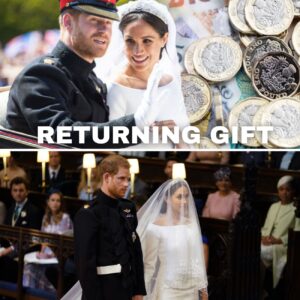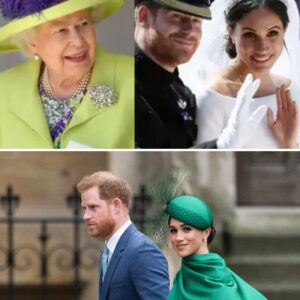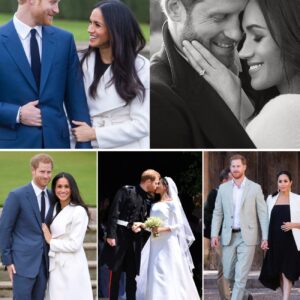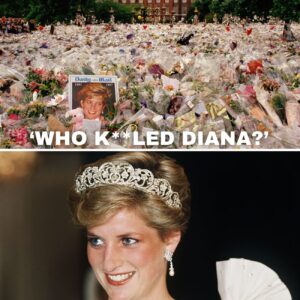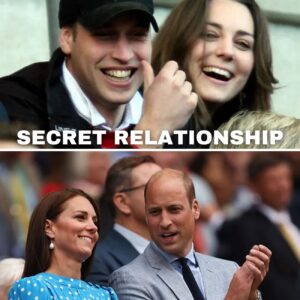Peggy Umpleby worked at home for two weeks straight, often late at night, to conceal the project.
:max_bytes(150000):strip_icc():format(webp)/princess-diana-wedding-veil-recirc-getty-images-8c1470853ef4493a9e8e8d0150f0687a.jpg)
Anwar Hussein / Getty Images
When Princess Diana married now-King Charles on July 29, 1981, the 600,000 people who lined the streets of London and the 750 million individuals who watched the live broadcast on television were entranced by the bride’s attire. As Lady Di ascended the steps of St. Paul’s Cathedral before tying the knot, her voluminous ’80s ball gown, designed by Elizabeth and David Emanuel, certainly grabbed everyone’s attention. However, it was the finishing touches—especially her silk-tulle veil—that helped make her look so exemplary.
:max_bytes(150000):strip_icc():format(webp)/princess-diana-wedding-veil-getty-images-57a7b7963994454785a935a648700120.jpg)
Princess Diana Archive / Stringer / Getty Images
Peggy Umpleby, a skilled artisan who had been working at embroidery S. Lock (now Hand & Lock) for 35 years at the time, was tasked with the role of hand-embroidering the bride’s veil. Although the embellishment company had been creating pieces for the royal family for centuries, the job was top-secret. In fact, besides Elizabeth and David, only Umpleby knew about the project, according to Vogue.
Since Elizabeth was the one who conceptualized and executed Diana’s wedding dress, she gave Umpleby a specific set of instructions to bring her vision for Diana’s look to life. “I asked that the tiny mother-of-pearl sequins looked as if they were scattered on the tulle,” Elizabeth shared. “As the sequins were almost transparent, only the sparkles of light would be visible, creating a fairy dust effect. We used the same sequins on the gown itself, so that it would also sparkle as Diana walked down the aisle.”
After discussing the intended outcome of the veil, Umpleby started working on the construction, using more than 450 feet of tulle and 10,000 micro-pearls. Since she didn’t want word to get out about the design, Umpleby often worked at home at night, up until the early hours of the morning. “Progress was slow, and to make the deadline, she told fellow embroiderers she was going on holiday, but in truth, she sat at her kitchen table embroidering for two solid weeks,” historian Robert McCaffrey said. “The veil was completed, sent to the Emanuels, and she returned to work, only to have her colleagues remark on how pale she was despite her two-week ‘holiday.’”
Elizabeth recalled that even though the task of hand-embroidering Diana’s veil was an enormous one, Umpleby did so calmly and with grace. After the embroiderer tirelessly worked on the design, Elizabeth was impressed with the final product. “We were confident she would interpret our vision perfectly, and she did,” Elizabeth said. Since Diana’s train was too long to unfold in the Emanuels’ showroom, Elizabeth and David only saw the full dress and veil at the final fitting in Buckingham Palace. “The effect was magical, and Diana looked dazzling—like a real-life fairy-tale princess bride,” Elizabeth recalled.
